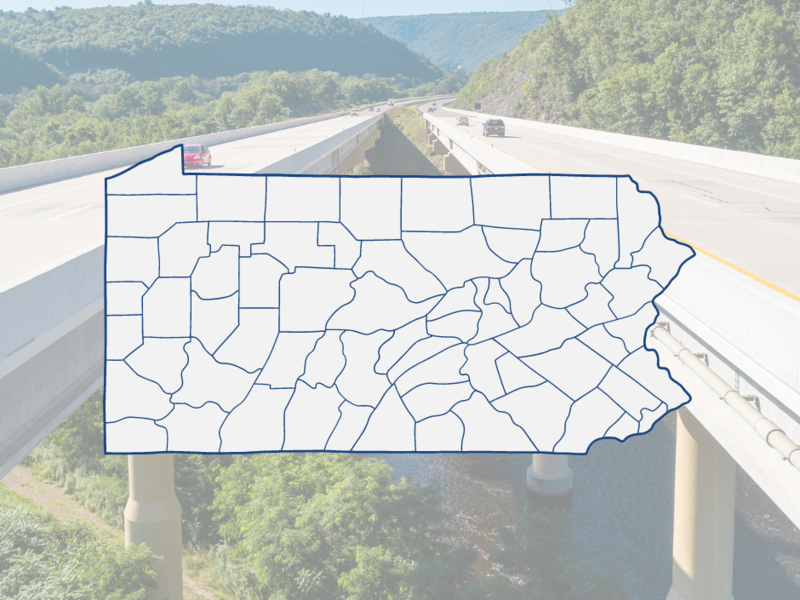
The great irony of the Trump presidency, one that is built on chaos and drama, is how stable it is. By that, I mean the stability of opinions of this president. Despite all of the twists and turns and tweets over the last three years, very few voters have changed their mind about him. A January Democracy Fund Study Group survey found that 85 percent of Americans have "consistently held the same view about President Trump over the last two years."
Yet, that's also created a perception that there are no 'persuadable'— or swing voters left in this country. You are either with Trump or against him.
But, there is new data out there that challenges this perception.
Last month, the Democracy Fund Voter Study Group released the results of a January 2019 "VOTER Survey (Views of the Electorate Research Survey) of 6,779 Americans, most of whom had been surveyed previously as part of a longitudinal panel."
They found that while opinions of the president have been very consistent since 2016, "Obama-Trump voters have had a significant change in their view of President Trump over the last two years. In the 2016 VOTER Survey, more than 8 in 10 (85 percent) Obama-Trump voters held a "favorable" view of the president — 19 percentage points higher than in 2019 (66 percent)." In other words, while Obama-Trump voters still overwhelmingly approve of the president, that support is a lot softer than it was back in 2016. They did not find any significant movement among any other group of voters (like those who supported Romney in 2016 and Trump in 2016, or those who voted Romney 2012 and Clinton in 2016). And, while these Obama-Trump voters remain supportive of the president, "even small movement among these voters — who represented 5 percent of voters in 2016," writes the authors of the report, "may prove significant heading into the 2020 presidential election."
In an analysis of the 2018 election Yair Ghitza, chief scientist at the Democratic data firm Catalist, makes the case that while turnout was a key factor in Democrats success in 2018, "a big piece of Democratic victory was due to 2016 Trump voters turning around and voting for Democrats in 2018." In 2016, Hillary Clinton won the popular vote by 2 points. In 2018, Democrats won the national vote by 7 points. Ghitza's analysis finds that almost 90 percent of that 5 point difference in vote margin came from voters who supported Trump in 2016, but voted for a Democrat in 2018. CNN's Ron Brownstein does an excellent job of explaining the methodology and the findings of this Catalist study in his recent CNN column.
What Ghiza and the Democracy Fund Voter Group survey suggest is that the Obama-Trump cohort is not as monolithic as it seems. Yes, they still like the resident. No, Democrats aren't going to win a majority of these voters. But, there are clear indications that a Democrat in 2020 can make marginal gains with these voters. In a close race, movement on the margins can make a big difference. As anyone who has worked in politics knows, winning a race isn't just about running up the vote in 'friendly' areas of the state/county/district, it's also about keeping the losing margin in 'enemy' territory as small as possible.
Of course, it is also important to remember that the 2018 election did not include Trump on the ballot. As such, it is dangerous to assume that the voters who 'stepped out' on Republicans in the midterms, will defect to the Democratic nominee in 2020.
Moreover, there's also evidence that Trump may be able to find some slivers of persuadable voters among those who don't like the president personally, but like his policies.
The highly respected Republican polling firm Public Opinion Strategies publicly released a slide deck this week, entitled: What Republicans Need To Know As We Move Toward The 2020 Election.
While the report included some sobering data for Republicans about their low standings with younger voters, women and white, college-educated voters, it did offer some glimmers of hope to the Trump re-elect. While Trump's job approval ratings are underwater (44 percent approve to 54 percent disapprove), almost 25 percent of those who disapprove of the president "do support some of the policies he is supporting." In other words, they may not like how the president conducts himself, tweets, etc., but they do like at least support some of the substantive things he has done—or proposed.
Another Republican strategist I spoke with this week labeled this group the "substance over style voters."
But, as with the Obama-Trump defectors, these substance-over-style voters exist in the hypothetical. We don't know how they will perform when their choice in November 2020 is President Trump versus a named (and defined) Democratic challenger.
Opinions of and intention to vote this president have been remarkably stable for the last two and a half years, and I don't see any reason why they won't hold as steady for the next 17 months. Even so, it doesn't mean that there aren't voters out there who are holding conflicting and complicated views of the president. And, as one Democratic strategist said to me, while ticket splitting may no longer be as prevalent as it has been historically, it doesn't mean that ticket splitting doesn't exist. So, while we pay close attention to the intensity and intentions of the Trump and Democratic base voters, we can't ignore the cross-pressured voters who may be a much smaller, but equally powerful force in 2020.










Subscribe Today
Our subscribers have first access to individual race pages for each House, Senate and Governors race, which will include race ratings (each race is rated on a seven-point scale) and a narrative analysis pertaining to that race.